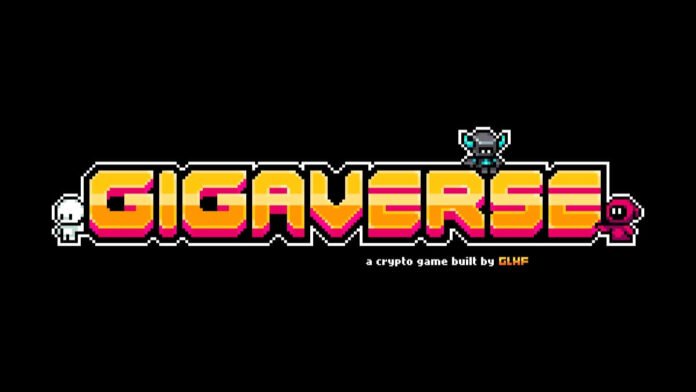Crypto-native game studio GLHF, led by gaming veterans Dith and Garnish, today announced a $2.3 million funding round led by 1confirmation, alongside involvement from a cadre of crypto and gaming luminaries. Contributors include Luca Netz of Pudgy Penguins, Jeff “Jihoz” Zirlin of Sky Mavis, Bharat Krymo of 6529 Capital, Burtle from Stripe, and Rob Allam, the prolific Redditor. The capital is earmarked to accelerate the development of Gigaverse, a fast‑rising crypto‑RPG built for scale and sustainability.
Gigaverse’s popularity has exploded, with more than 75,000 paid accounts, over $4.5 million in revenue, and more than $9 million in peer‑to‑peer trading, including 450,000 transactions and over 6 million items sold via its in‑game marketplace.
Its growth is fueled by an ETH install fee of about $20, which has helped attract serious, like‑minded gamers—what the team considers a more engaged community—leveraging Abstract’s player‑first blockchain infrastructure.
Read Also: Camp Network Promises On-Chain Fix for IP Licensing in AI Economy, L1 Mainnet Goes Live
The studio also unveiled plans tied to this round: an OpenSea “Welcome Kit” tied to Gigaverse, and an in‑game character auction launching September 4 for Jucius Maximus, a unique character with special abilities revealed during the 24‑hour sale.
But GLHF’s story extends beyond this announcement. Earlier in 2025, the team partnered with YGG Play, the publishing arm of Yield Guild Games, marking YGG Play’s first third‑party publishing deal. This collaboration enabled growth marketing and a smart‑contract‑based revenue‑sharing model, while launching a crossover event between Gigaverse and YGG’s game LOL Land, called Gigaland—bridging both communities via on‑chain mechanics and exclusive in‑game skins.
Impressively, Gigaverse generated over $6 million in annualized revenue within three months of its February 2024 launch—all achieved without external funding, marketing spend, or influencer campaigns, driven primarily by organic community growth and word‑of‑mouth traction.
Gigaverse initially emerged from GLHF’s prior NFT creations: the GLHFers genesis collection, which pulled in over 1,300 ETH in trading volume before any roadmap was revealed, and later the Gigaverse ROM collection in February 2025, which sold out in just ten minutes and raised over $1 million.
This broader context underscores how GLHF has steadily built traction: starting from grassroots NFT drops, building a strong on‑chain RPG, and now securing institutional investment to scale further. The $2.3 million round contrasts interestingly with other recent funding activity in Web3 gaming—such as India’s SuperGaming raising $15 million in a Series B round, or Inutan Studios’ ARIA raising $5 million—highlighting that smaller, community‑oriented projects can still attract sizable capital when performance proves strong.
Gigaverse distinguishes itself with an AI-first design. Its antagonist, Gigus, is powered by GLHF’s proprietary VILL[AI]N protocol—a sentient, character-rich, agentic AI villain that weaves into gameplay, social dynamics, and meta-game elements. This novel integration of AI agents into game structure marks a new frontier in crypto game design.
Dith emphasized that GLHF spent years dissecting the failings of crypto games. They designed Gigaverse to address those issues directly, prioritizing community seriousness via the install fee, delivering retro-styled gameplay with modern infrastructure, and embedding AI for future resilience.
1confirmation’s Brett Shear praised the founders as “crypto-native builders” with deep space understanding and a clear long-term vision.
Luca Netz of Pudgy Penguins echoed enthusiasm, citing Gigaverse’s “momentum,” revenue success, and organic community as evidence of the team’s ability to lead next-gen consumer crypto gaming.
Read Also: Gaia Debuts Limited-Edition On-Device AI Phone at $1,399
Disclaimer: This article is for informational purposes only and does not constitute investment advice.




